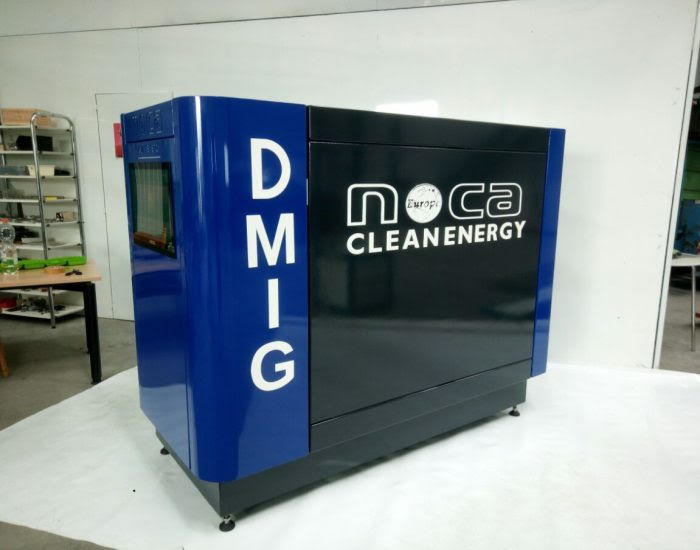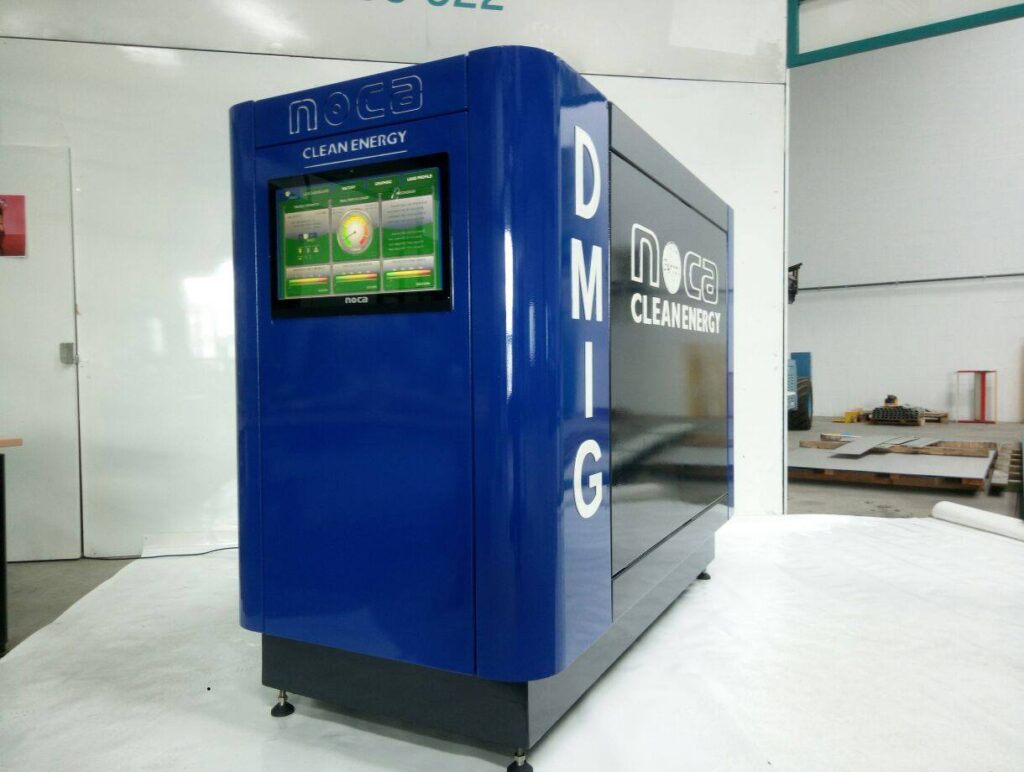Alternative energy, also known as renewable energy, is energy derived from replenishable sources such as the Sun (solar energy), wind (wind power), rivers (hydroelectric power), hot springs (geothermal energy), tides (tidal power), and biomass (biofuels). The use of alternative energy sources has several advantages over traditional fossil fuels. For instance, alternative energy sources are generally cleaner and produce fewer greenhouse gases, which can help mitigate climate change.
Additionally, alternative energy sources are often more sustainable and can be used to provide energy to remote areas that are not connected to the power grid. Some examples of alternative energy sources include solar panels, wind turbines, hydroelectric dams, and geothermal power plants. While alternative energy sources have many benefits, they also have some drawbacks. For example, some alternative energy sources are intermittent and may not be available
all the time. Furthermore, the cost of alternative energy sources can be higher than traditional fossil fuels, although this is changing as technology improves and economies of scale are achieved. Despite these challenges, alternative energy sources are becoming increasingly important as we seek to reduce our dependence on fossil fuels and transition to a more sustainable energy future.
Working Prototype
Our partner NOCA Clean Energy is a company that specialises in the manufacturing and deployment of the Digital Magnetic Transducer Generator (DMIG). The DMIG is a zero-emission, high-efficiency, and accessible energy production technology that produces 5 to 25 Mega Watts of energy and is scalable to the client’s requirements. The DMIG is a form of free energy that emits zero harmful radiation or emissions, has low vibration, and no noise disturbance.



